 I’ll only believe it when I see it! You’ll only see it when you believe it!
I’ll only believe it when I see it! You’ll only see it when you believe it!
Which one is correct? Are they both correct? If so, which comes first? These are tough questions, and perhaps they lie at the heart of real success, and real innovation, and whether we can achieve it or not.
For at least 25 years I have been fascinated by these questions, and have felt both statements are accurate, but one is more powerful than the other in motivating real action. In my corporate days as an executive promoting Continuous Improvement and Innovation, it seemed to me it was obvious – if I believed what I was promoting was important, beneficial, and doable then all I had to do is see what needed to be done and do it. So that’s what I did – successfully more often than not.
But at the same time I came across a lot of people, many more senior than myself with vast spheres of control and influence, who said ‘I’ll only believe it when I see it’ or ‘I’ll only believe it when I see my boss do it’. And so they waited, and did nothing – despite the many examples of success I could show them.
Today in Australia at all levels from schools to Canberra, I sense the same thing is happening, and I think we need to do something about it. To me it begins with Vision – a vision of a preferred future, as our good friend futurist Dr Peter Ellyard discusses in his book Destination 2050.
I have been helping individuals, teams, and organisations develop their future visions, and strategies for success, for 40 years. And since Jennifer and I formed Mindwerx in 1998, we have built Imagineering and Visualization activities into most of our strategic thinking facilitations, and taught the methods for Visualisation in many of our Deliberate Creativity & Innovation programs.
We have seen firsthand just how powerful visualization is in helping people to both ‘believe it, so they can see it’ AND ‘see it, so they can believe it’ or help others to see and believe it.
The challenge for many leaders with a future vision they believe in, is they aren’t able to share it with others, or align their vision to those of others they need to engage in creating a successful future.
This is where Visualization activities come in as the first step of Imagineering. There are many ways to Visualize, and in many strategy facilitations we use the creative imaging approach. We ask teams to first draw a picture of how they see things today (themselves, their team, their organisation, even their country).
Once that is done and debriefed we ask them to draw a picture of the future they would like to see. The key to success of course is not the image quality (most people say they can’t draw), but the conversation that takes place in the teams, and what the imaging can reveal during the debriefing. It is fascinating to be a part of.
Here are just a few examples, of the many we have done over the years.
This is a very successful software company, despite the fact that the first image makes the company look quite dysfunctional. In fact it was their rapid success (more than doubling in size, revenue and profit in the last year) that was causing them to have real culture change and growth problems.
In the ‘Today’ image it is easy to see a fractured company working in silos, with broken lines of communication, lacking teamwork, and no shared vision. It was in danger of breaking down, and the CEO could see that and called us in to help.
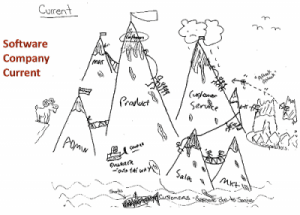
In this ‘Future’ image we see a totally different company, now with teamwork, defence again competition, bringing in new knowledge, planning and researching.
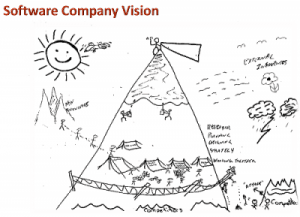
When this activity was completed, in an hour with 55 people in 11 teams creating 11 paired images, we focussed them for the rest of the day on what needed to be done to be the company they wanted to be. The result, when we went back a year later was they’d grown from 55 to 125 people, revenue and profit was surging, and they were an employer of choice in their industry. They had Engineered their Imagination into reality.
More Visualizations for Imagineering
In the example below we can see visualizations done by local MBA students on how they see the Australian university system today, and what they’d like it to be. This scared the head of school, to say the least.


In this one, we see a regional art gallery’s Board and executive team visualisation of how they saw their gallery at the time, and what they wanted the future to be like. They dramatically shifted how they saw themselves.

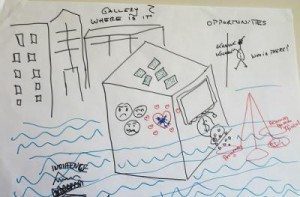
This last one was done with MBA students we worked with in Hong Kong during the major student sit-in demonstrations against Mainland interference a couple of years ago. It was fascinating to see that they did not want to be apart from the Mainland, they simply wanted to be a respected part of a great and strong nation.
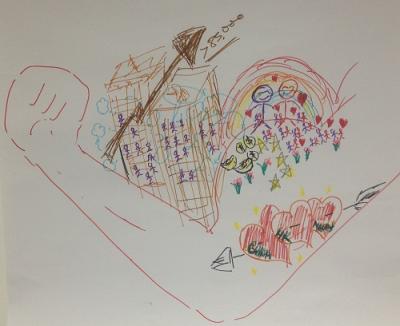

There are lots of methods for Visualization and Imagineering
We have a wide range of other examples of Visualization using Individual Picture Collages and Vision Boards, Team Mega Mind Maps, even business plan charts, graphs, and financial projections.
There is no limit on what can be used to ‘see and believe in’ your preferred future, so you can take action to make it happen. And everyone can and does it all the time – just not deliberately, not always positively, and very seldom with those around them.
Our aim is to find the best thinking approach to achieve the outcome sought, and Visualisation and Imagineering are very powerful strategic thinking methods.
If you’d like to learn more about Imagineering, and some of the images we’ve shared here, come along to our Creativity Exchange Network event on 19 July in Melbourne.
During it you will also be involved in a team Creative Imaging activity to capture a picture of Australia Today and visualize the Future Australia you’d like to see. It’s going to be a very interesting evening, with some marvellous networking.
And if you like to discuss how we can help you create the future you want for your team or organisation, contact me anytime on bill@mindwerx.com.
Please like and share this if you found it if value – thanks.
Bill Jarrard
Mindwerx International
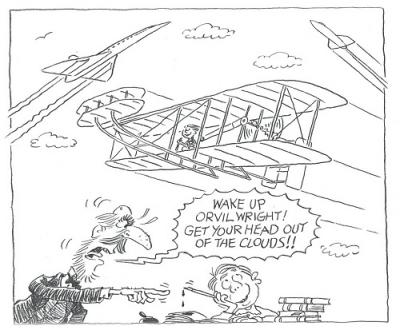

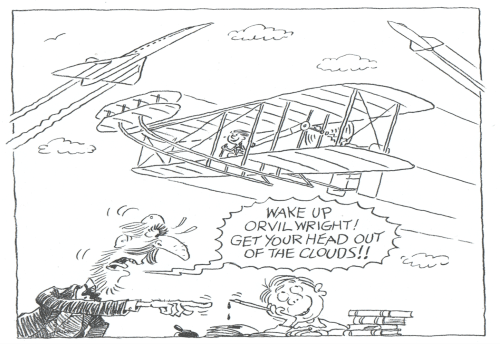
 I’ll only believe it when I see it! You’ll only see it when you believe it!
I’ll only believe it when I see it! You’ll only see it when you believe it! 

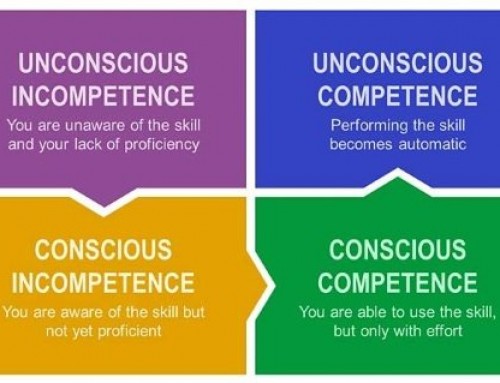
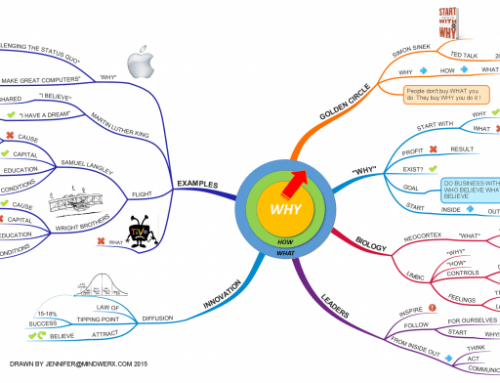

Leave A Comment
You must be logged in to post a comment.